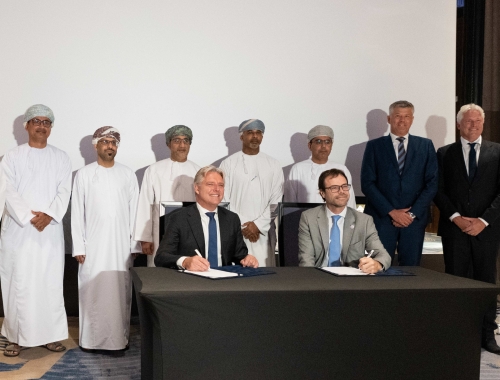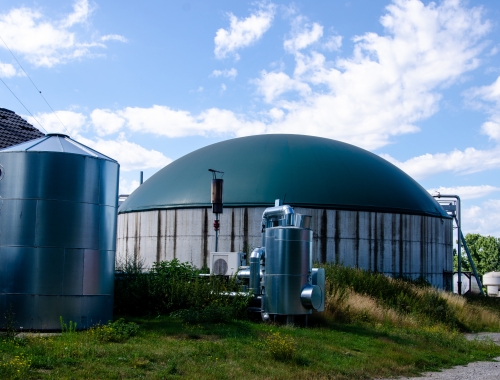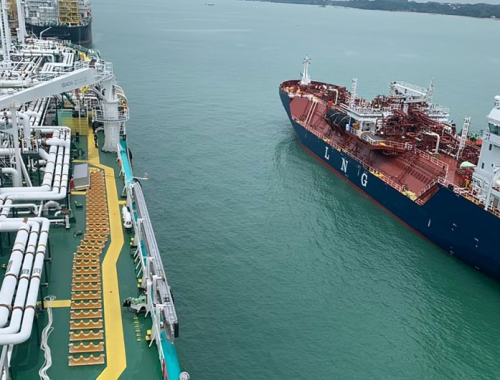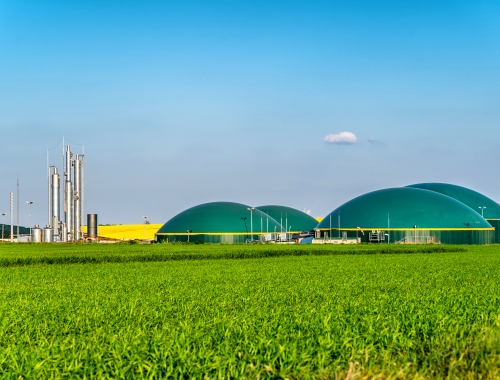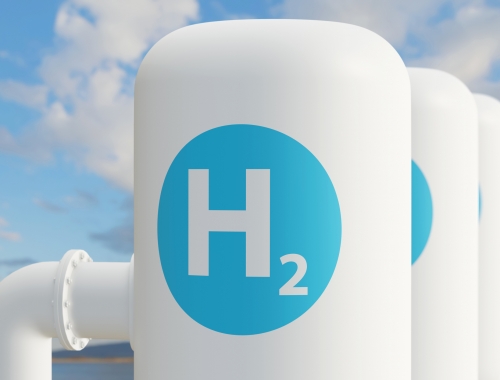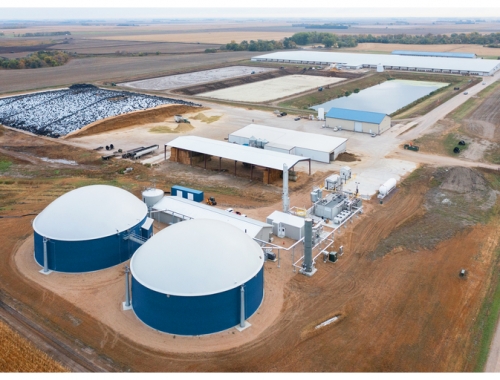Bridger Photonics: tracking down methane emissions with sensitive aerial laser tech
SUMMARY
Ryan Stewart, the vice president of sales at Bridger Photonics, discusses with Gas Pathways how the company’s LiDAR technology, strapped to small aircraft, can detect and quantify methane emissions sources much smaller than can be achieved with other aerial methods.
By Mike WeberPOSTED IN:
Q: Can you give us a brief overview of how Bridger Photonics’ LiDAR technology is helping oil and gas companies address their methane emissions?
A: Absolutely! Bridger Photonics’ Gas Mapping LiDAR, or GML, uses laser technology to detect, locate, and quantify methane emissions. We attach a GML sensor to a small aircraft, which flies over oil and gas facilities to detect and image methane emissions. We then analyse that data and provide the client with maps and information about every detected emission, including pinpoint source location, emission rate, plume imagery, emission persistence, max path-integrated concentration, and more. This data allows oil and gas companies to characterise their emissions at a system level, and develop plans that manage fugitive and operating emissions more efficiently and effectively.
Q: What are the advantages of Bridger’s Gas Mapping technology in comparison to other aerial methods for detecting methane leaks?
A: There are a few. First, our technology is much more sensitive than other aerial methods. “More sensitive” means we can consistently detect smaller emissions and therefore a significantly higher proportion of emission profiles. Some studies have shown that we are 30 times more sensitive than solar infrared technologies. This has multiple flow on impacts, from informing the decisions which drive emissions reduction, to accurately baselining which allows progress to be tracked.
LiDAR technology also has an advantage because it uses its own light source (a laser), which is measured and predictable. We don’t have to rely on sunlight or worry about many of the environmental factors that impact measurements on solar infrared technologies.
Finally, the actionability of our data—we provide spatial resolution of the leak source within two metres. This spatial resolution, combined with the efficiency of the aerial platform where we can scan up to hundreds of production sites or hundreds of miles of pipeline per day, plus knowing the emission rate for every single emission (so repairs can be prioritised by an operator) provides a data set that can be immediately converted to action.
Q: Can you tell us a little about how continuous-wave laser technology can be utilised to measure gas concentration?
A: Yes, we use continuous-wave laser absorption LiDAR for atmospheric sensing (gas sensing). A laser beam is transmitted from our sensor that is tuned around the absorption wavelength of methane and measures the amount of light that is reflected back from the ground, through the gas, to the sensor. The absorption of light over specific wavelengths is how we determine the path-integrated methane concentrations.
Q: The oil and gas industry is increasingly using digital twins and 3D imaging to improve sustainability in operations. Tell us a little about how Bridger Photonics uses 3D imaging in designing solutions that strengthen sustainability performance for oil & gas companies?
A: We image methane gas plumes by using the LiDAR technology we just described to determine path-integrated gas concentration. Our gas plume imagery has been a real game changer for our clients, who can send their repair crews right to the source (within two metres). At the same time, we take topographical LiDAR and aerial photography which provides both our internal teams and clients additional information about what is happening on-site during the measurement. We also provide emission height, which really helps with emission source identification. We have received incredible feedback from our clients about the actionability of our data and how it has enabled emissions reduction. Because methane is invisible to the human eye, our plume imagery ‘makes it real’ for field teams.
Q: There’s often a misconception in the oil and gas industry that prioritising environmental practices will come at a cost to companies with some of the efficiency gains, and reputational and ESG benefits neglected. Can you tell us a little about the returns on investment of utilising LiDAR technology?
A: There are two areas of return on investment (ROI) we see when it comes to using our advanced technology: one is by keeping gas in the pipes – selling gas that would otherwise be lost is an obvious benefit for operators. The other is in the demand from our industries’ end customers, and the communities they support, to supply reliable energy in a responsible way.
When it comes to ROI for recaptured gas, we ran some calculations based on bi-monthly scans using GML. Even including estimated repair costs, we found that capturing and selling the gas detected by GML resulted in significant ROI. This is in line with what we regularly hear from our clients: The leak detection and repair benefits of using GML more than pay for the cost of the scans themselves and can often increase the profitability of operations.
Other than the direct return of product, companies see benefits in aligning their operations to demands of their customers and communities. The world's energy demand continues to grow, and this leads to a challenge often referred to as the Energy Trilemma. There is a need to provide energy security, equity, and sustainability. Reducing methane emissions is one way reliable and affordable energy is sourced in a more responsible way, and this can ultimately impact investment decisions at multiple levels when comparing alternatives. Emissions reduction supports investment, and furthers natural gas’ position within our energy landscape.
Q: The oil and gas industry is witnessing a considerable amount of disruption as pressure mounts to curb emissions. Speaking to other players in the industry, is there a sense that more regulation and incentives are on the horizon to push uptake of LiDAR and Gas Mapping technology?
A: So far, we’ve seen major players adopting our advanced technology like Chevron, ExxonMobil, and others, as well as plenty of midsize and smaller operators. All of these companies are voluntarily using our technology because it helps them improve their operations in a cost-effective way. EPA’s proposed methane rule will definitely change the landscape for what tools can be used to meet US federal regulatory requirements, and we confidently anticipate being one of the technologies that will be approved for use.
EPA’s Final Rule is expected to come out later in 2023. We’re advocating for some changes from the proposed rule so that using advanced tech is incentivized, rather than disincentivized. The EPA knows that operators can cover assets more efficiently with these advanced technologies, while also detecting more emissions than traditional methods. We are hopeful that these rules will be updated to reflect a plan which supports both environmental goals and the operators working to drive this crucial industry.
Q: Bridger Photonics was founded in 2006, so you’ve certainly been around for a long time in a relatively nascent industry. How has the company grown over the years and what are the goals for the future?
A: Bridger Photonics started out with other LiDAR applications, like industrial metrology. In the past five years, our most significant growth has been through our GML technology. In the past few years since GML was commercialised, we’ve grown our team more than five times its size from when we launched GML. It continues to be an exciting and rewarding journey for our growing and hard-working team.
Our goals for the future are to continue to expand and grow the adoption of GML’s use. We’re already supporting every major basin in North America, and we are excited to continue growing our impact globally. We have an innovative team that never sits still and continues to grow our capabilities to support the companies leveraging GML data. It’s certainly a very exciting time for us at Bridger!

